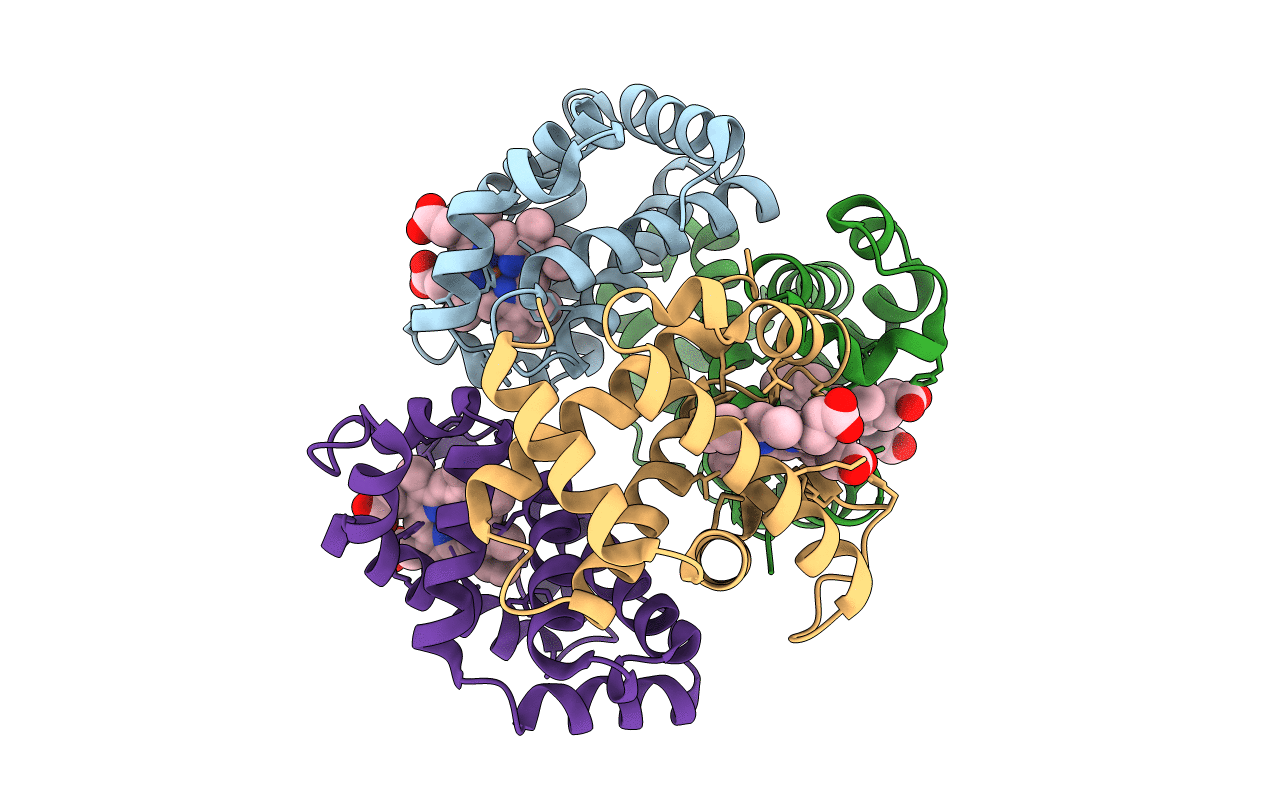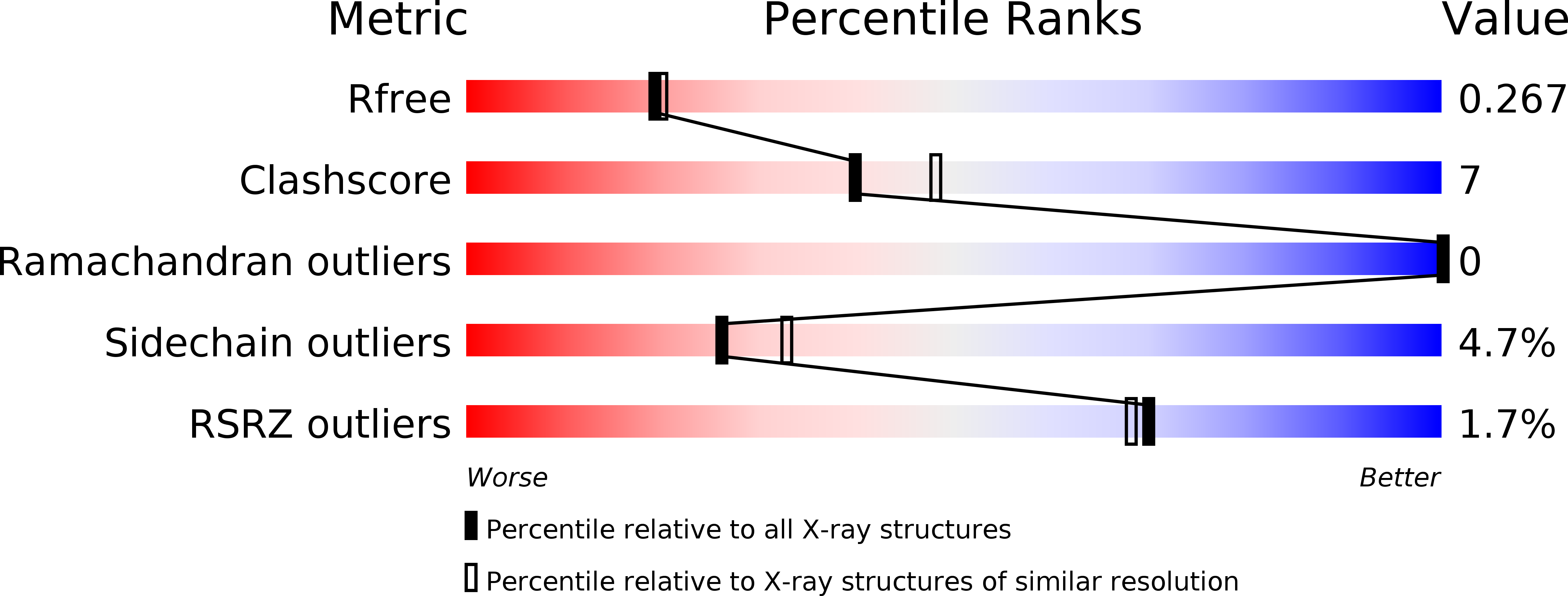
Deposition Date
2012-04-09
Release Date
2012-11-07
Last Version Date
2024-03-20
Entry Detail
PDB ID:
3VRE
Keywords:
Title:
The crystal structure of hemoglobin from woolly mammoth in the deoxy form
Biological Source:
Source Organism:
Mammuthus primigenius (Taxon ID: 37349)
Host Organism:
Method Details:
Experimental Method:
Resolution:
2.20 Å
R-Value Free:
0.26
R-Value Work:
0.20
R-Value Observed:
0.20
Space Group:
P 1


